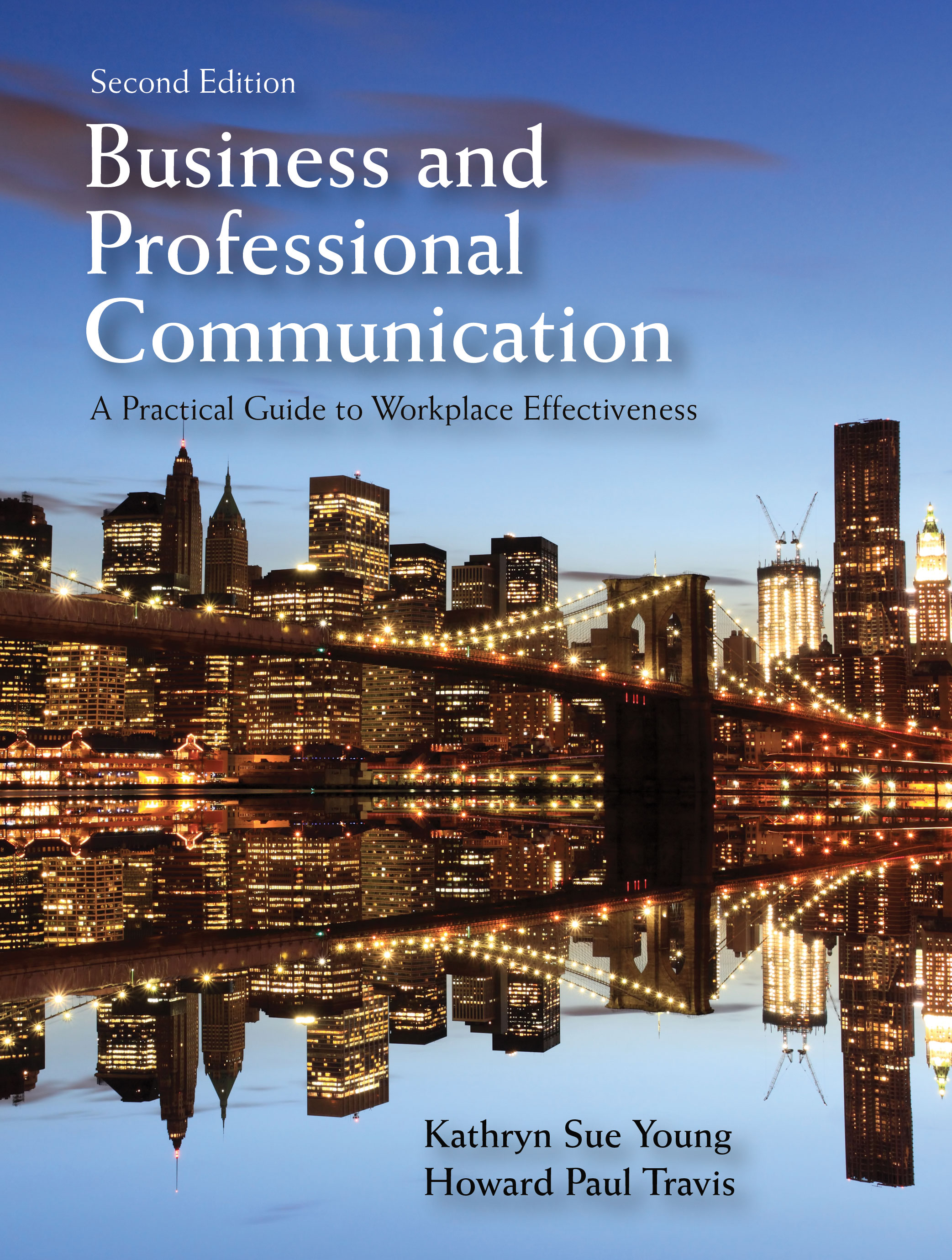1. Communicating for Career Success
Communication Essentials / The Importance of Appropriate Communication / Communication Components / Communication Situations / Communication Principles
2. Intrapersonal Examination
The Perceptual Process / Varying Perceptions / Perception Checking / Perception Related to Self-Concept / Perception Related to Self-Esteem / Values, Personal Qualities (Skills). and Communication Assessments
3. Job Searches, Résumés, and Cover Letters
Résumés / Cover Letters / LinkedIn / Social Networking, References, and Job Searching
4. Interviewing
Preparing for the Overall Interview Experience / Preparing for the Virtual Interview / Preparing for the On-Site Interview / Making a Great Impression / Answering Questions Effectively / Communicating after the Interview
5. Basic Skills for the First Week
Impression Management and Branding / Stereotyping / Self-Disclosure / Observation / Listening / Fact versus Inference / Attributing Meaning / The Art of Conversation / Technology in the First Week / Attitude
6. Writing Skills and Technology for the First Week and Beyond
Basic Writing Skills / Types of Writing in the Workplace / Technology and the Workplace
7. Teamwork and Your Career
Distinguishing between Groups and Teams / An Effective Beginning / Task versus Social Elements of Teamwork / Followership—The Employee's Role / Interpersonal Skills in Teams / Planning and Running Meetings
8. Decision Making, Problem Solving, Management, and Leadership
Types of Decision Making / Problem-Solving Models / Managing and Leading / Leadership
9. Presentational Speaking
Choose Your Purpose / Confirm Your Topic / Prepare Your Key, Goal, and Thesis / Research, Organize, and Outline / Visual Aids / Practice and Delivery
10. Potentially Threatening or Uncomfortable Communication
Conflict in the Workplace / Conflict-Resolution Styles / Sexual Harassment / Performance Reviews
11. Take Nothing for Granted Everything Matters
Networks and Networking / Storytelling in Interpersonal Settings / Gender Communication / Intercultural Communication / The Art of Business Dining
Appendix: Additional Resources

311 pages, $39.95 list
1-4786-3977-6
978-1-4786-3977-0
© 2021
paperback
eBook availability
Also by
Kathryn Sue Young
Kathryn Sue Young
Business and Professional Communication
A Practical Guide to Workplace Effectiveness
Second Edition
The authors present the fundamentals of business communication in every stage of professional life: writing résumés, preparing for interviews, securing a job, communicating with colleagues and supervisors, working on a team, and advancing into management and leadership positions. Young and Travis encourage people building careers to create an image or brand that employers will recognize as a good fit for their companies. Skills that cement an appealing brand include: proficient use of language (verbal and written), problem-solving abilities, expert use of technology and social media, enthusiasm for work and people, a moral and ethical foundation, the ability to adapt quickly to new ideas, and being a role model for others. Chapter discussions include practical advice on developing these skills.
The journey to a satisfying career begins with self-assessment. Readers are prompted to analyze their communication strengths and weaknesses. The chapters offer guidance on how to reinforce strong points and to work on eliminating shortcomings. Effective communicators expand listening skills to enhance their ability to adapt verbal and nonverbal communication to the needs of clients and colleagues in a diverse, global workplace. The authors provide meaningful advice on gender communication, image management, intercultural communication, and communicating in difficult situations. Competent communication is critical to establishing good rapport and creating a positive work environment.
The journey to a satisfying career begins with self-assessment. Readers are prompted to analyze their communication strengths and weaknesses. The chapters offer guidance on how to reinforce strong points and to work on eliminating shortcomings. Effective communicators expand listening skills to enhance their ability to adapt verbal and nonverbal communication to the needs of clients and colleagues in a diverse, global workplace. The authors provide meaningful advice on gender communication, image management, intercultural communication, and communicating in difficult situations. Competent communication is critical to establishing good rapport and creating a positive work environment.